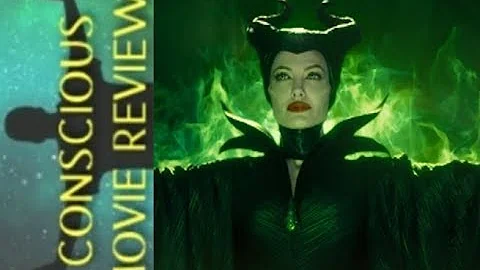Understanding Russell's Theory of Descriptions: A Logical Perspective
Table of Contents
- Introduction
- Bertrand Russell's Theory of Descriptions
- The Two Theories to be Replaced
- Meinong's Theory of Direct Denotation
- Fraga's Two-Layered Theory of Meaning
- Russell's Theory of Definite Descriptions
- Indefinite Descriptions
- Definite Descriptions
- Applying Russell's Theory to Philosophical Puzzles
- Identity and the King of France
- The Law of Excluded Middle
- Non-Existence Claims
- Conclusion
👑 Introduction
Bertrand Russell's theory of descriptions is a complex and influential theory in philosophy of language. It addresses the nature and meaning of definite and indefinite descriptions in language, challenging common assumptions and proposing a logical framework to understand them. In this article, we will explore Russell's theory, the two alternative theories it seeks to replace, and its application to three philosophical puzzles. By delving into these discussions, we will uncover the intricacies of Russell's theory and its significance in the field of philosophy.
🧩 Bertrand Russell's Theory of Descriptions
The Two Theories to be Replaced
To fully grasp Russell's theory, it is crucial to comprehend the alternative views of Meinong and Fraga, which Russell critiques and aims to improve upon. Meinong's theory of direct denotation suggests that definite descriptions always denote objects that have the properties described. However, Russell argues that this leads to contradictions, such as the existence of a round square or an existing golden mountain. He finds Meinong's explanation unconvincing and seeks an alternative.
Fraga, on the other hand, proposes a two-layered theory of meaning, in which words have both a sense and a reference. He argues that descriptions can have a sense without needing a reference. While Fraga's theory avoids some of Meinong's problems, Russell disagrees with his sense-reference distinction and presents a counterargument known as Gray's Elegy Argument.
Russell's Theory of Definite Descriptions
Russell's theory diverges from both Meinong and Fraga, offering a logical approach to definite descriptions. He suggests that definite descriptions do not directly denote objects but instead have a complex logical form. This form involves variables, quantifiers, predicates, identity, and conditionals. By using this machinery, Russell aims to accurately represent the meaning and role of definite descriptions in language.
The distinction between indefinite and definite descriptions lies in the implication of singularity. Definite descriptions inherently imply that there is only one object that fits the description, while indefinite descriptions indicate a general member of a category. Russell's theory captures this distinction, providing a logical framework for understanding both types of descriptions.
🎭 Applying Russell's Theory to Philosophical Puzzles
Identity and the King of France
One of the puzzles Russell addresses is the problem of identity when using definite descriptions. For example, when we say "The author of On Denoting is a pipe smoker," it seems as though the description directly refers to Russell himself. However, Russell argues that definite descriptions should not be interpreted as direct references. Instead, they should be understood as making multiple claims about their subject, such as being the only author of a particular work and possessing certain properties. By reframing the interpretation, Russell demonstrates how his theory can provide a consistent explanation.
The Law of Excluded Middle
Russell also tackles the philosophical puzzle presented by the law of excluded middle. This law states that if two sentences are opposite, one must be true and the other false. However, when the sentences "The King of France is bald" and "The King of France is not bald" are considered, a conundrum arises, as there is no King of France. Russell's theory resolves this puzzle by interpreting these sentences as involving secondary occurrences of descriptions. By taking an alternative approach to negate the existence of an object fitting the description, he maintains consistency with the law of excluded middle.
Non-Existence Claims
Lastly, Russell confronts the challenge of expressing non-existence claims accurately. Describing something that doesn't exist can be problematic, as it is often unclear what is being referred to or how such claims can be true. For example, saying "The King of France does not exist" seems paradoxical. However, Russell's theory helps disentangle this puzzle by differentiating primary and secondary occurrences of descriptions. By properly identifying the intended meaning, statements about non-existent objects can be expressed accurately and truthfully.
📚 Conclusion
Bertrand Russell's theory of descriptions revolutionized the understanding of language and meaning, particularly concerning definite and indefinite descriptions. By challenging the assumptions of Meinong and Fraga, Russell proposes a logical framework that offers solutions to philosophical puzzles surrounding identity, the law of excluded middle, and non-existence claims. This theory has had a profound impact on the field of philosophy of language and continues to shape discussions on semantics and reference. It provides a valuable tool for analyzing the complexities of language and the nature of meaning.







